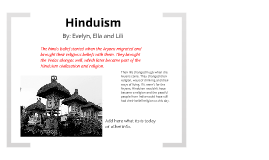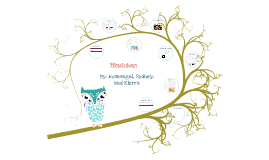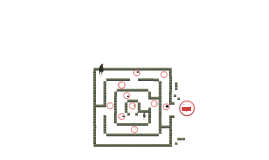Hinduism
Transcript: Hinduism First are the Shudra. Their job is to render service to others, take pride in their work and to be loyal, follow general moral principles, and marry (the only compulsory rite of passage). Second are the Vaishyas. Their job is to protect animals & the land, create wealth and prosperity, maintain workers with abundant food, clothes, etc, trade ethically, give taxes to the kshatriyas (ruling class). The 3rd varna is the kshatriyas are the nobility, the protectors of society. They have to, protect the citizens from harm, especially women, children, cows, brahmanas, and the elderly. To ensure that the citizens perform their prescribed duties and advance spiritually. To be the first into battle and never to flee the battlefield. To be true to their royal word, never refuse a challenge, develop noble qualities such as power, chivalry, and generosity. To levy taxes (from the vaishyas only) and to never accept charity under any circumstances. To take counsel, especially from the brahmanas, know the scriptures, especially the artha-shastras. To deal uncompromisingly with crime and lawlessness. To take responsibility for shortcomings in their kingdom. To conquer their own minds and senses and to enjoy only according to scriptural injunction. And to beget an heir. The last varna is the brahmanas. They provide education and spiritual leadership. They determine the vision and values of any society. Their job is to study and teach the Vedas, to perform sacrifice and religious ceremonies, and teach others how to perform such rituals, to accept alms and also give in charity, to offer guidance, especially to the kshatriyas, to provide medical care and general advice free of charge, to know Brahman (spirit, the self, God), to never accept paid employment, and to develop all ideal qualities, especially honesty, integrity, cleanliness, purity, austerity, knowledge and wisdom. Made by.. They are regulated by the system of the 4 varnas (social classes) Every Hindu must follow general moral codes but each has individual duties according to his or her own nature. by BJ Herring

















